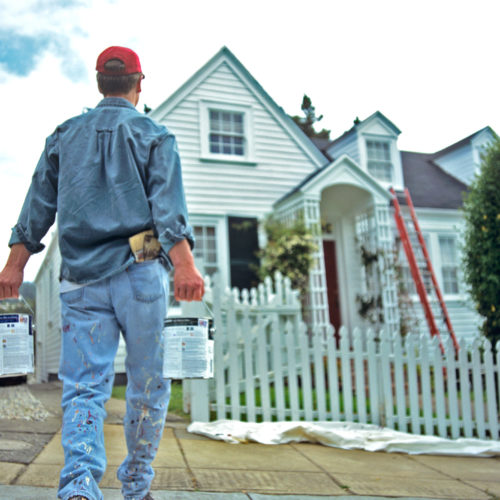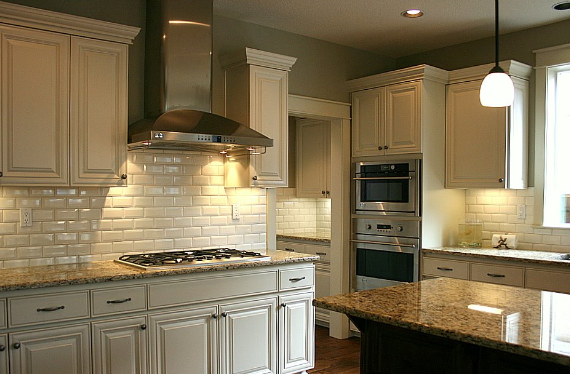Painting the exterior of a home ranges by the square foot and the complexity of the painting project. Costs for homes of 500 to 1700 square foot cost from $899 to $3300. Depending upon your situation the average exterior paint job nationally costs about $2,479. Painting interior rooms inside your home with an average room size of 10×12 can range from $369-$779.
This does not include ceilings, trimmings or crown molding. Cost of needed materials for interior painting projects include masking tape and paper, surface repair and preparation material, primers, and cleanup supplies. Typical homeowner cost ranges per square foot come in around $0.87 – $2.09 per square foot.
Whether you’re looking to spruce up a single room or breathe new life into your entire house, painting your home is one of the best ways to get it done. However, before you pick up a brush and a random gallon of paint, there are quite a few things you need to know in order to avoid mistakes and be sure that you’re happy with the results.
Repair and repainting can be necessary when you begin to notice cracks and peeling. Home owners who ignore these signs may end up paying for it down the road with a more expensive paint job.


